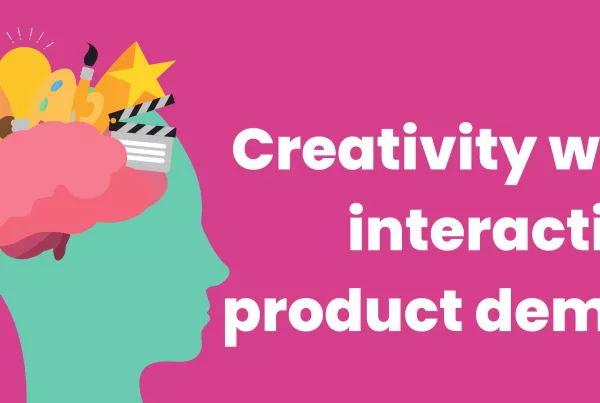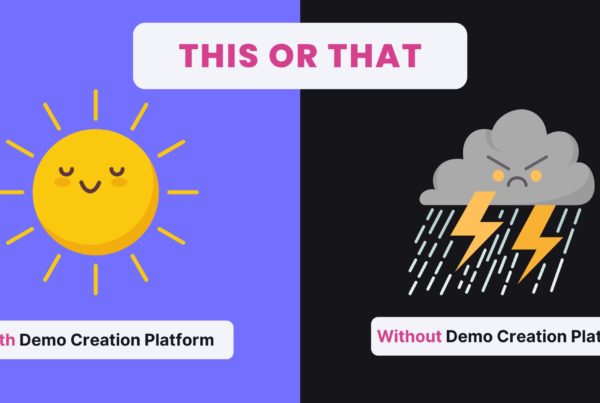Alexa Grabell, CEO of Pocus, hosts PLS AMAs with product-led sales experts to share best practices, frameworks, and insights on this emerging category. These AMAs are an opportunity to ask PLS leaders any question – ranging from hiring to sales compensation to tech stack – in a low-key, casual environment. This is a members-only event for the PLS community, but you can request an invite here.
In a recent installment, Alexa invited Oran Akron, Head of Business Operations at monday.com, to share his interesting insights about product-led growth, self-serve motions, and more! Here are my favorite takeaways from the conversation.
Early Days at monday.com
When Oran joined the team at monday.com, they were already a great company with an amazing self-serve motion that was generating most of its revenue. It was able to acquire prospects, take them through the product, and convert them into customers easily.
But they realized they needed to build the sales motion, expand to other markets, and so on, and that was Oran’s task.
He joined the team with the philosophy that revenue doesn’t start and end with sales – it’s just part of a big team including finance, marketing, customer success, and partners working all together. He wasn’t building a sales operations machine but a business operations one.
Even though monday.com was an established company, his new role was kind of like joining a startup. There was no CRM, no KPIs, none of all the things you can imagine from building a sales group or revenue machine. Creating this was the mission.
The challenge was now they needed the sales team to be the biggest team in the company, and Oran had to take the key and make it happen. He also had to start from the very beginning. He began by building the vision of what the operations machine would look like and what are the building blocks needed. They also needed to determine which tools would help, what are the business processes such as funnels, how many SDRs are needed, what are the sales skillsets required, where does CS get into the picture, and how to get all of that machine working together alongside the self-serve motion. It was an interesting challenge.
Self Serve vs. Sales
When Oran joined monday.com, self-serve was 95% of revenue. In two years, they got to a 50-50 split between sales and self-serve.
To achieve this, they started with the top of the funnel. The strong self-service motion meant they knew how to acquire traffic and signups for the platform, so there were no lead generation problems.
From those signups, they needed to find the right leads to get to sales. They started from the KPIs where they wanted to go. The monday sales approach is bottoms up, not going through any decision maker and that was always the goal. They also had an interesting mix of marketing more in the B2C way but in B2B motion.
His main goal was to give signups to sales reps in the right way – any signup of a company below 100 people is not a good use of sales resources. So he tried to connect the sales group to a growth mindset rather than just closing small deals. Eventually they were able to filter those signups and get lead scoring right, realized they needed those kinds of signups of businesses with over 100 employees, and that’s where their new business came from.
Getting Product Signals
Getting the right product signals into the sales model was essential. And it’s so unique to each company, really not something you can get off the shelf – it’s internal. They already knew a ton about engagement on the platform, and were adjusting and understanding info like events and type of engagements.
Everything was built on an internal product. The next step was connecting it to sales. Then they needed to choose those engagements that are relevant, and moved onto lead scoring, prioritizing from those filtered signups which are relevant. At first they had 5000 product signups per day, 900 of those were potential leads for sales – and he had 10 sales employees. Clearly they needed to choose the top of the top, and lead scoring was the key.
Oran also found that firmographic data was helpful but not the end-all-be-all – 50% of their lead scoring is also how users interact with the product. If a lead is inviting more and more users, for example, they would get a higher score even if their business had fewer people. And users who had just signed up weren’t expecting to talk to sales right away, they found they needed time to let them interact with the product first.
The Key to Success
Oran notes that monday is a super data-driven company. The fact that he could measure everything from day one, and build models to predict the behavior of user accounts from the first day, meant he knew immediately how likely they are to become customers. All this data made building those other components from the ground up much easier.
And it still helps today. He can launch a marketing campaign and know within 24 hours if it’s working and producing high-quality leads. Having one high quality data source is the backbone of the machine.
Thanks for the insights, Oran!
Read the original AMA recap from Pocus on their blog – the Pocus Post.





